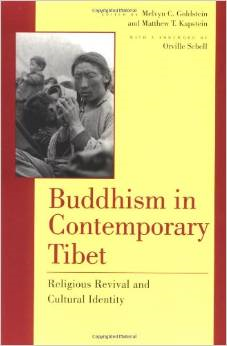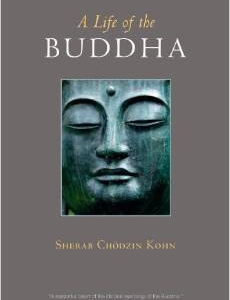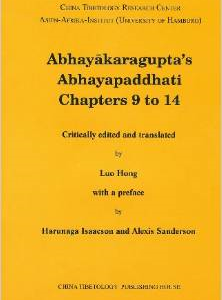Description
Following the upheavals of the Cultural Revolution, the People’s Republic of China gradually permitted the renewal of religious activity. Tibetans, whose traditional religious and cultural institutions had been decimated during the preceding two decades, took advantage of the decisions of 1978 to begin a Buddhist renewal that is one of the most extensive and dramatic examples of religious revitalization in contemporary China. The nature of that revival is the focus of this book. Four leading specialists in Tibetan anthropology and religion conducted case studies in the Tibet autonomous region and among the Tibetans of Sichuan and Qinghai provinces. There they observed the revival of the Buddhist heritage in monastic communities and among laypersons at popular pilgrimages and festivals. Demonstrating how that revival must contend with tensions between the Chinese state and aspirations for greater Tibetan autonomy, the authors discuss ways that Tibetan Buddhists are restructuring their religion through a complex process of social, political, and economic adaptation. Buddhism has long been the main source of Tibetans’ pride in their culture and country. These essays reveal the vibrancy of that ancient religion in contemporary Tibet and also the problems that religion and Tibetan culture in general are facing in a radically altered world.






Reviews
There are no reviews yet.